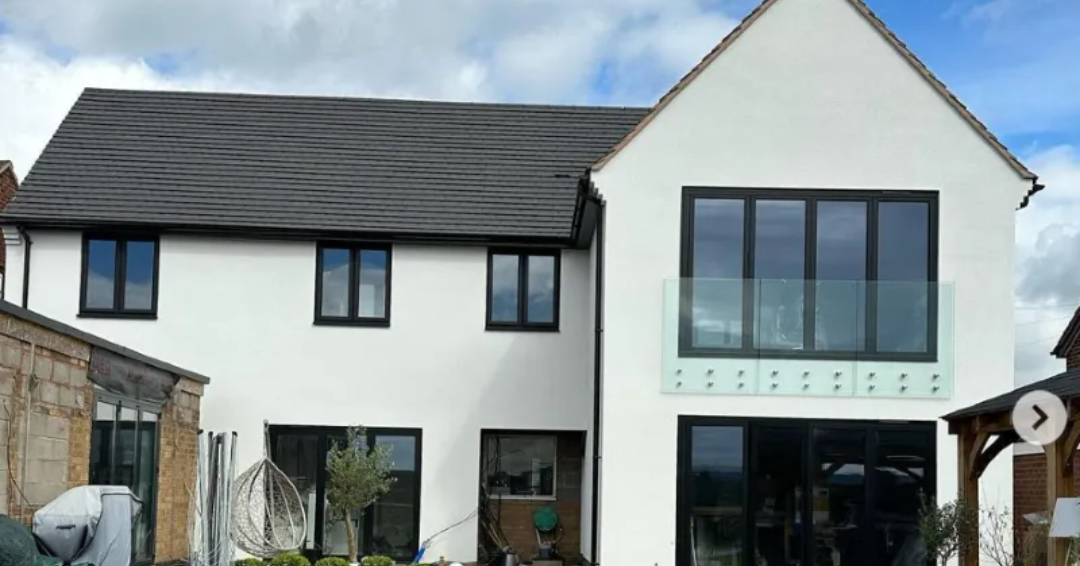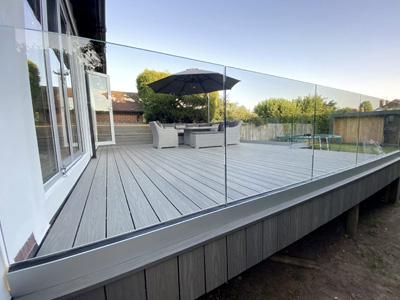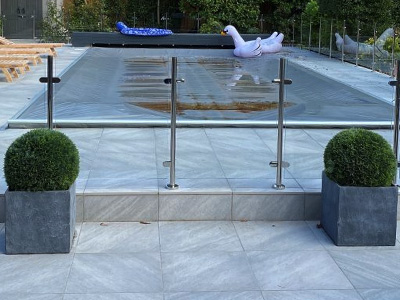The Backstory To Juliet Balconies: Where Did They Come From?
Juliet balconies have been an iconic architectural feature for as long as we can remember. They have often made an appearance throughout time in many classic tales. For instance, one image that often comes to mind is that of Romeo and Juliet declaring their love from a balcony. Also known as balconettes, Juliet balconies have an interesting and rich historical backstory spanning centuries.
Juliet Balconies, the Architectural Phenomenon

The Historical Roots
Juliet balconies can be traced back to mediaeval Italy, where wealthy families would find ways to project their prosperity. Originally, these balconies were not associated with romance but rather served more as an architectural feature used to display wealth and social status. However, as time progressed, they evolved into intimate spaces for reflection and contemplation.
The Renaissance Period
During the Renaissance period, there was a transformation in the purpose of balconies. With the arts growing ever more popular and prominent, along with a renewed interest in classical literature, architects and artists alike took inspiration from ancient Greek and Roman designs. Balconies started to symbolise a relationship with nature, acting as an escape from the confines of the interior.
Romeo and Juliet’s Influence
Written in the late 16th century, Shakespeare’s Romeo and Juliet, written in the late 16th century, played a crucial role in popularising Juliet balconies. The now iconic balcony scene saw Juliet professing her love for Romeo from her platform, thus romanticising and associating balconies with love and passion.
The Evolution of Juliet Balconies
Through time, Juliet balconies became more common in European architecture, finding popularity in countries such as France, Spain, and England. By building balconies, this allowed for an increase in ventilation and natural light, while the ironwork and intricate design showcased the wealth and taste of the owners. However, with the industrial revolution came changes in particular styles. Modern buildings would favour functionality over decorative elements, leading to a decline in the use of the balcony.
The Modern Resurgence
In recent years, you may have noticed that interest in traditional and classic architectural elements has surged. Homeowners, architects, and designers are revisiting the charm and elegance of features such as Juliet balconies. These structures are now seen not only as a vintage nod to the past but also as a timeless addition, adding value and aesthetic appeal to builds.
From the beginning, Juliet balconies have stood the test of time, acting as a symbol for love, passion, and class. Given their resurgence in contemporary architecture, it is clear that the appeal of this elegant and high-end platform is still considered the heart of the architectural world.
For more information on Juliet Balconies visit Origin Architectural, and experiment with our online Juliet balcony designer tool.
Design Your Balustrade
Design your perfect Glass Balustrade today using our online Balustrade Designer and get an instant quote.
Request Your Catalogue
Download your free catalogue to help you choose the perfect balustrade solution for your project.
Got a Question?
Our friendly and experienced UK customer service team are on hand to help and answer any questions you may have via phone or email.




